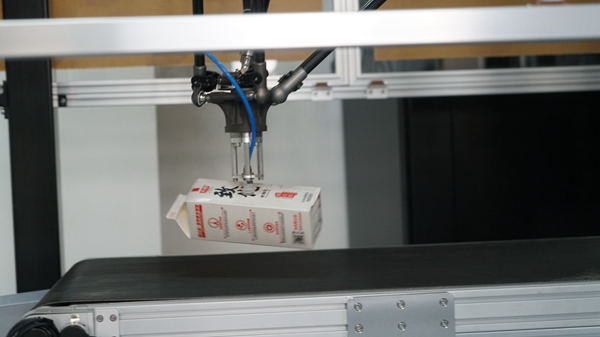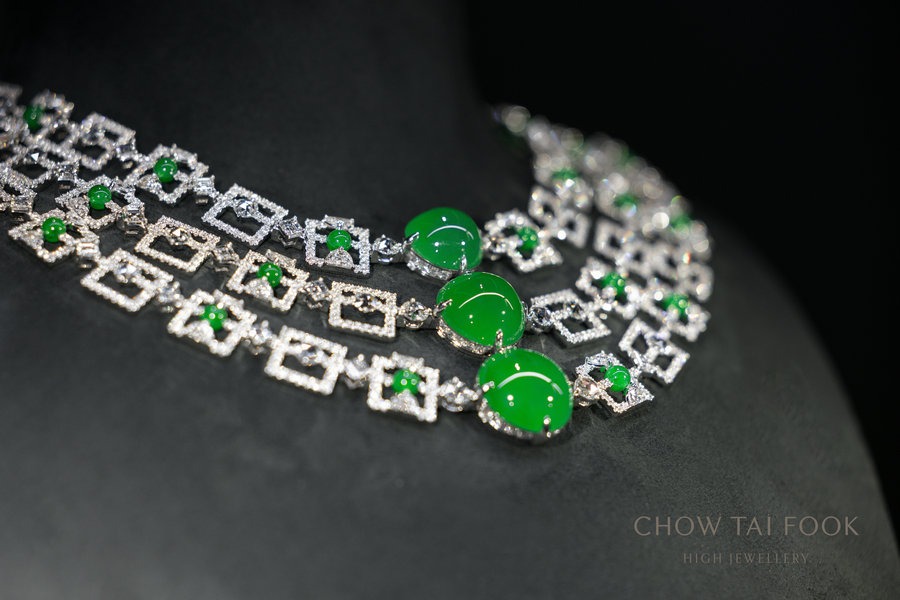Getting the most out of waste to make sure it's not rubbish


"The electricity can be directly exported and used for mobile phone charging, promoting resource utilization," says Zhang.
"The composition of kitchen waste affects the amount of power generated. The higher the hydrocarbon, protein and fat content in the waste, the more biogas is produced and the more electricity is generated."
The system is presently on trial at both the National University of Singapore and the China-UK Low Carbon College. The results from Singapore show that the energy generated by 40 kilograms of kitchen waste can charge up to 1,000 mobile phones.
Another project in the college is focused on the treatment of a specific type of wet waste-crustaceans.
Around 8 to 10 million tons of crustacean waste is generated globally, most of which is directly dumped in landfills, according to Chen Xi, assistant professor at the college.
"Such garbage releases large amounts of carbon dioxides and nitrogen oxides, contributing to the greenhouse effect," she says.
Chen explains the focus on this specific waste type, saying that the main components of crustaceans are natural renewable resources, such as calcium carbonate that can be used as building materials and proteins that can be used as animal feeds.
"Another component, chitin, is a valuable resource with huge but underestimated potential to produce useful nitrogen-containing chemicals, such as ethanolamine which absorbs carbon dioxide, and Proximicin A, an anticancer drug precursor," she says.
"The traditional approach to extracting chitin from shrimp and crab shells has already been developed. However, the current process uses corrosive acids and alkalis, which in turn produce acid and alkaline industrial sewage, causing environmental pollution and inducing high costs."
According to Chen, the technology used in the project is inspired by the formation of stalactites in nature, where calcium carbonate in stalactites is dissolved after coming into contact with water and carbon dioxide.
Meanwhile, the proteins in the shell are removed by high temperature water.
Using the new method can extract chitin with a purity of up to 90 percent.
Lab data shows that this approach reduces carbon emissions by about 80 percent and costs by half when compared with the traditional method.
"We will do more pilot tests and cooperate with seafood treatment plants prior to the industrialization phase," she says.
She adds that government support will also be necessary in the future to instruct people to separately utilize crustacean waste from other kinds of wet garbage.





































